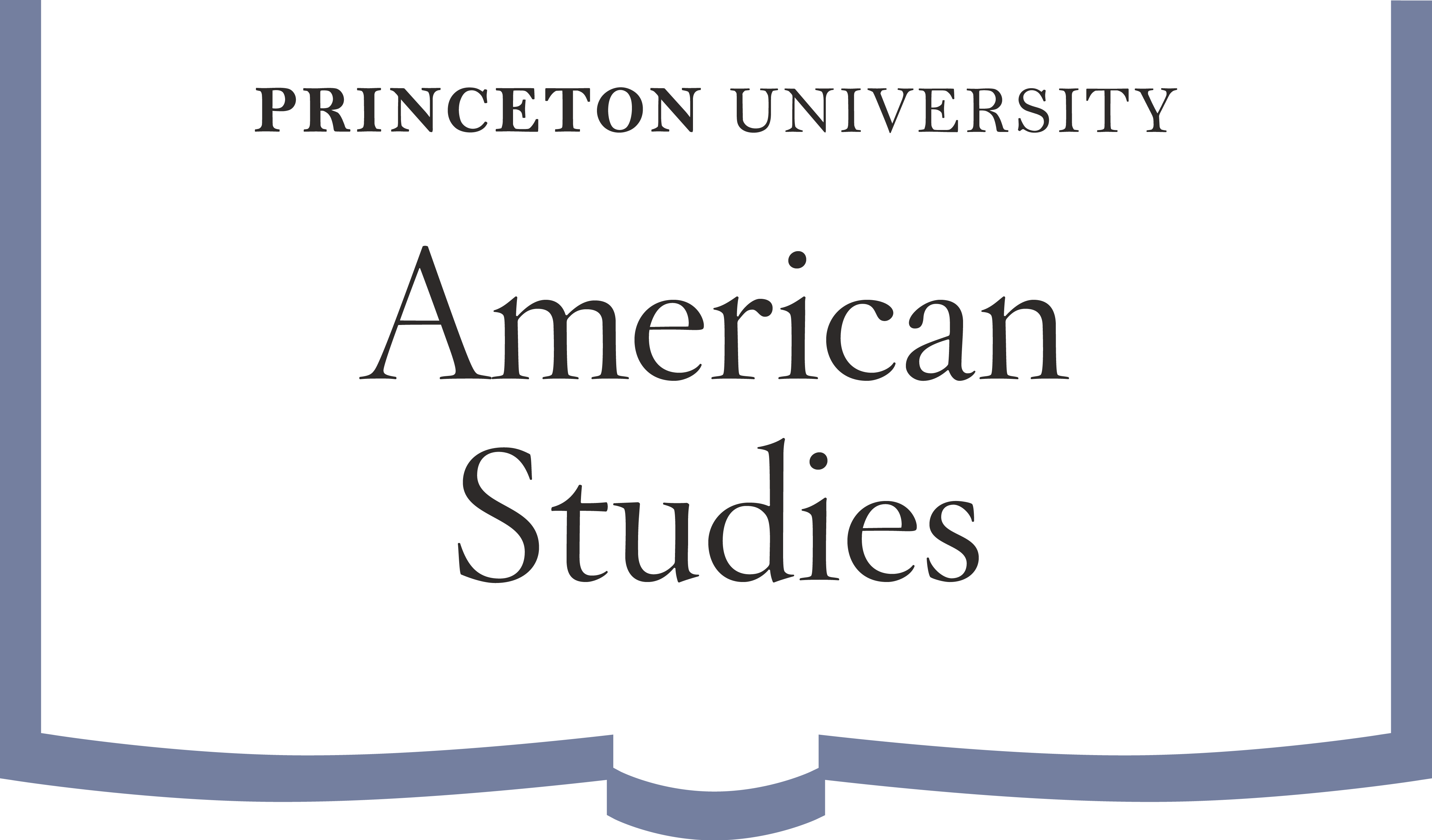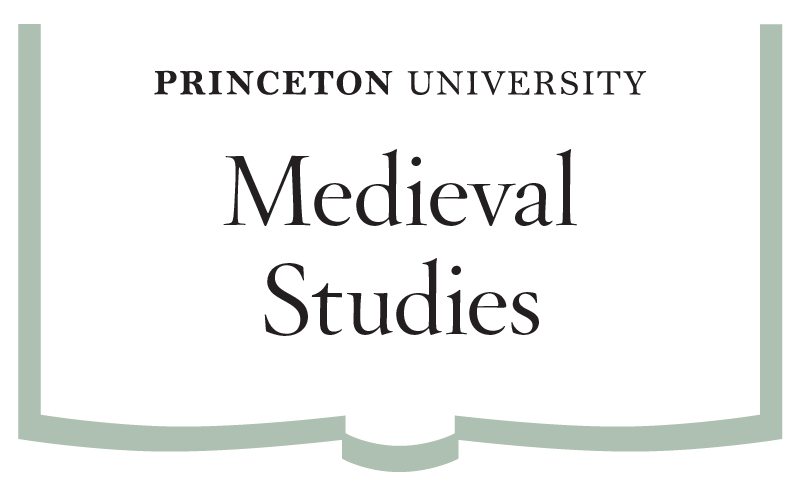
Architecture According to Artists ∙The Intersection of Art and Architectural Practice in Renaissance Italy
Livia Lupi University of Warwick
Mon, 3/24 · 12:00 pm—1:20 pm ·
Department of Art & Archaeology

Co-Sponsored by the Committee on Renaissance and Early Modern Studies
This talk explores the role artists played in the development of architectural practice during the Italian Renaissance. Centered around my book, (Harvey Miller, Brepols, 2024), this presentation problematizes interpretations based on pictorial space and perspective, emphasizing the architectural value of buildings in narrative painting. While other publications on architecture in painting have focused on single individuals (for example Giotto), or on art produced from the late fifteenth century onwards, my book discusses three case studies by different artists produced within the first fifty years of the Quattrocento. It highlights the architectural experimentation artists carried out in this period as fundamental to the development of representational strategies, the elaboration of new structural and ornamental solutions, and the reinvention of antiquity. Rather than seeing two-dimensional buildings as inferior cognates of their large-scale three-dimensional counterparts, artists exploited the freedom afforded by their media, including luxurious materials and imaginative ornament. They therefore engage in a competitive comparison with built architecture, long before the theorization of the paragone.
As it highlights the fluidity with which art and architectural practice informed each other during the early Renaissance, the book offers a contribution towards a better understanding of the broad cultural value attached to architectural forms, and encourages us to reconsider the emergence of the architect as a new kind of professional. This work also questions the art historical category of the “painter-architect,” often used uncritically to the detriment of art forms other than painting. I addressed this in a digital exhibition for the Sir John Soane’s Museum in London, Beyond the Painter-Architect: Artists Reinventing Architecture in Renaissance Italy, which I will also discuss during this talk. Showing that a number of craftsmen applied themselves to architectural design much earlier than canonical figures like Raphael or Michelangelo, my research underscores the intersection of art and architecture as a broad phenomenon that will help us bridge the historiographical gap between art and architectural history.
Livia Lupi is a historian of art and architecture of early modern Europe, currently lecturing at the University of Warwick. Her research focuses on the intersection of artistic and architectural practice, especially in Italy, c. 1300 – c. 1500. This is the subject of her first book, Painting Architecture in Early Renaissance Italy, and of a digital exhibition she curated for the Sir John Soane’s Museum: Beyond the Painter-Architect, Artists Reinventing Architecture in Renaissance Italy. She is particularly interested in the relationship between design and craft, the emergence of the architect as a new professional, and the production of artistic and architectural knowledge, exploring these issues both within Italy and in terms of its exchanges with wider Europe and the Byzantine and Ottoman empires. In addition to her research, she works as a curator, editor and translator. Her research has been funded by the Arts and Humanities Research Council, the Leverhulme Trust, the University of Warwick and the Warburg Institute.












